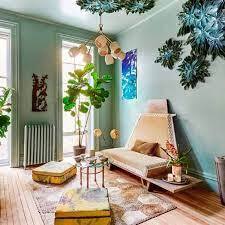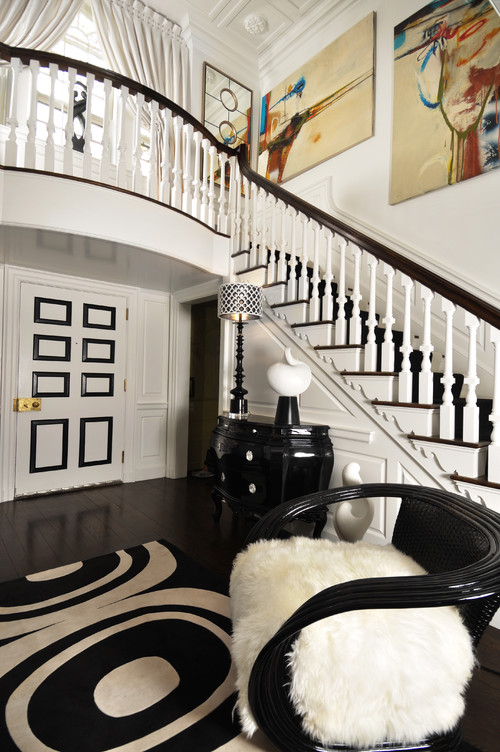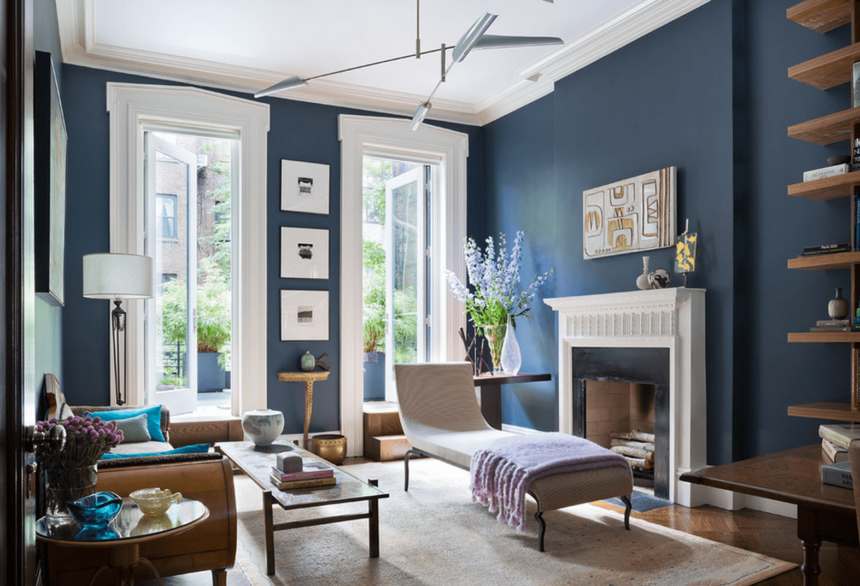The center of your house is your living room, a place where style and comfort coexist and where memories are created. The use of colour can be one of the most effective methods to give your living area flair and charm. Whether you gravitate towards calming neutrals, brilliant hues, or traditional designs, the proper colour scheme may influence the atmosphere and mood of your living area. In this article, we’ll look at a variety of living room colour schemes that can help you turn your house into a gorgeous and welcoming retreat.
Table of contents
- 1. Calm Neutrals for Timeless Elegance:
- 2. Add Life with Playful Pastels:
- 3. Vivid and Gorgeous Jewel Tones:
- 4. Monochrome’s timeless sophistication
- 5. The Cosiness and Warmth of Earthy Tones:
- 6. Chic Contrast with Black and White:
- 7. Dynamic Couple: Yellow and Blue Harmony:
- 8. Nautical-Inspired Coastal Palette:
- 9. The Dramatic Allure of Deep Red:
- 10. Calming Retreat with Muted Greens:
- Conclusion:
- FAQ’s
1. Calm Neutrals for Timeless Elegance:
The foundation of traditional interior design is neutral tones like soft beige, warm taupe, and crisp white. These adaptable hues offer a serene setting that lets you experiment with textures and patterns. A neutral living room is the ideal blank canvas for both conventional and contemporary decor styles since it radiates sophistication and calmness. To avoid having a room that feels very monochromatic, think about introducing a splash of colour with accessories like throw cushions, rugs, or artwork.

2. Add Life with Playful Pastels:
If you want to give your living space a little bit of charm and whimsy, pastel colours are the way to go. Soft hues like mint green, blush pink, and baby blue can create a calming and pleasant environment.
3. Vivid and Gorgeous Jewel Tones:
Jewel tones add a sense of grandeur and drama to your living space for the brave and courageous. The room has a luxurious feel thanks to the deep emerald greens, rich sapphire blues, and regal amethyst purples. Use jewel tones as accent walls or in statement furniture items like an opulent sofa or a striking cabinet to avoid overpowering the space.
4. Monochrome’s timeless sophistication
A monochromatic colour scheme is elegant because of how straightforward and cohesive it is. Pick one colour, and use it in the room in a variety of tints and shades. For example, a variety of grey hues can produce a unified and opulent living room. Mix textures and patterns to keep the room from feeling uninteresting.
5. The Cosiness and Warmth of Earthy Tones:
Earthy tones are your best option if you want to create a warm and welcoming living space. Warm browns, earthy oranges, and rich terracottas inspire feelings of cosiness and connection to nature. These colours harmonise the transition between indoor and outdoor environments, making them especially effective in spaces with lots of natural light.

6. Chic Contrast with Black and White:
Black and white is a timeless favourite due to its striking contrast and allure. A living area that is all black and white conveys sophistication and modern design. To avoid making the room feel too dark, make white the main colour and add black through accent pieces, artwork, and furniture.
7. Dynamic Couple: Yellow and Blue Harmony:
A living room may be made to be both aesthetically appealing and uplifting by combining the brilliant energy of yellow with the calming tranquilly of blue. Use a gentle sky blue for the primary wall colour, and add yellow accents with artwork, curtains, and throw pillows. Together, they design a room that is ideal for both quiet events and raucous ones.
8. Nautical-Inspired Coastal Palette:
Use a coastal colour scheme to infuse your living area with the revitalising energy of the ocean. Your mind will be immediately transported to a tropical beach paradise by the soft hues of seafoam green, sandy beige, and watery blue. To complement the beach theme, add natural textures like rattan furniture, driftwood accents, and seashell accents.
9. The Dramatic Allure of Deep Red:
If you want your living room to be noticed and convey emotion, consider using deep red as part of your colour scheme. To avoid the room appearing too overwhelming, balance this strong and dramatic colour with neutral shades like grey, beige, or white. Through bold furniture pieces, area rugs, and decorative accents, use red sparingly.
10. Calming Retreat with Muted Greens:
Sage and olive are two muted green hues that are perfect for establishing a calm living room retreat since they promote harmony and peace. Both modern and rustic décor styles complement these colours effectively. To heighten the peaceful atmosphere, combine subdued greens with natural wood accents and botanical-themed accessories.
Conclusion:
There are several options available when choosing the ideal colour scheme for your living room. The secret is to select colours that resonate with your unique style and the atmosphere you want to create, whether you want the calming embrace of neutrals, the brightness of jewel tones, or the simplicity of monochromatic. Keep in mind that your living room should showcase your own individuality and serve as a comfortable retreat for you and your visitors. In order to make your living room a truly captivating setting, explore the world of colours and let your creativity soar.
Explore our excellent assortment at Arteriorz for additional ideas and guidance on living room colour schemes. You may realise your vision by choosing from our carefully chosen collection of furniture and home accessories. To begin your path of inner change, get in touch with us right away.
readmore : Top 10 living room ideas and inspiration
FAQ’s
Your personal preferences and the vibe you wish to set will determine the best colour for your living room. Think about the room’s dimensions, how much natural light it gets, and the furnishings that are already there. Bold colours make a statement, but neutrals add adaptability. You should try paint samples on your walls to see how they appear in various lighting situations.
Definitely! A living space can be made visually appealing and exciting by combining different colours.. You might use a dominating colour as the foundation and various colours as accents.
Lighter hues, such as soft pastels, neutrals, and whites, can help a tiny living room feel more spacious and airy. Dark or too vivid colours should be avoided as they could make the room appear smaller.
Accent pieces like colourful throw cushions, eye-catching artwork, patterned rugs, and ornamental vases can provide pops of colour to a neutral living area. These components can provide character to the room without overpowering the bland foundation.





